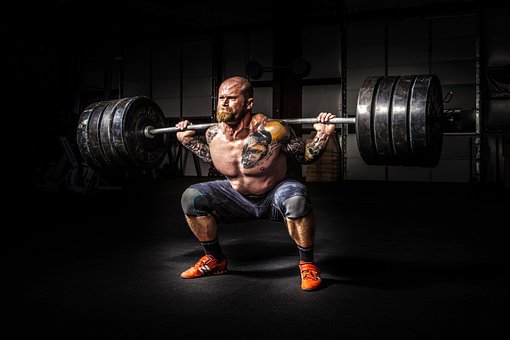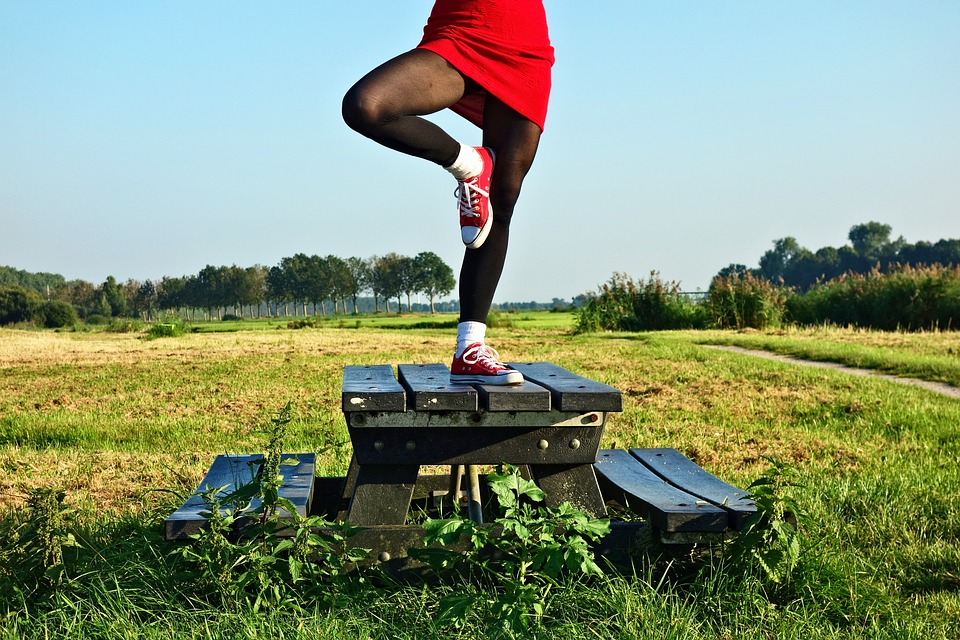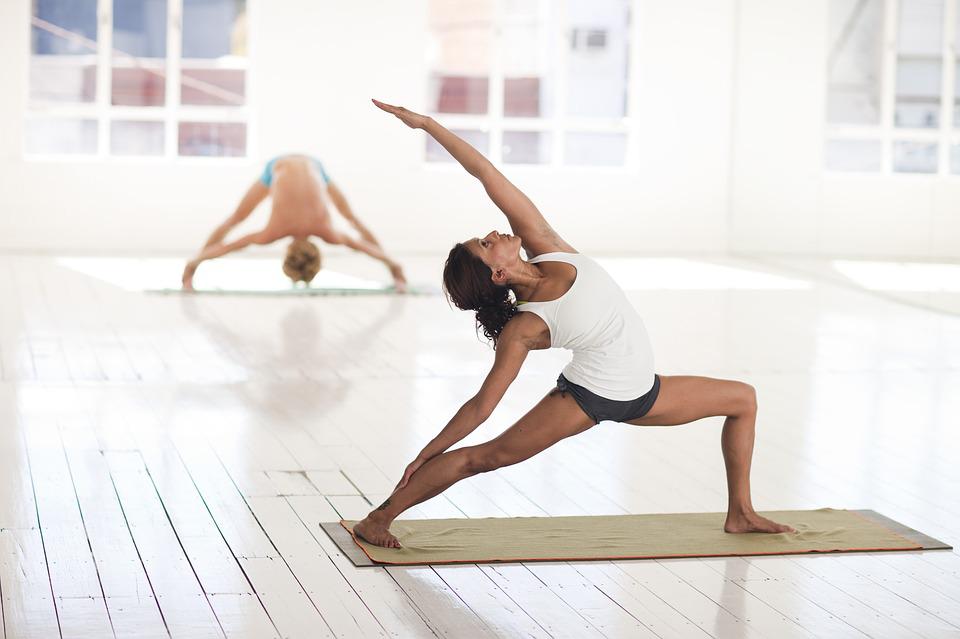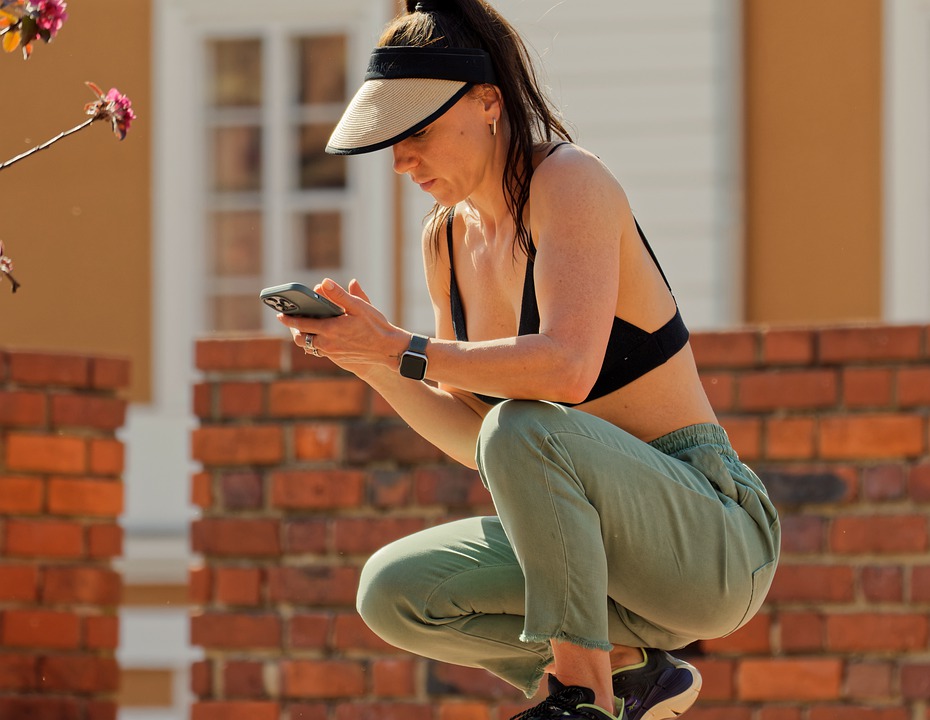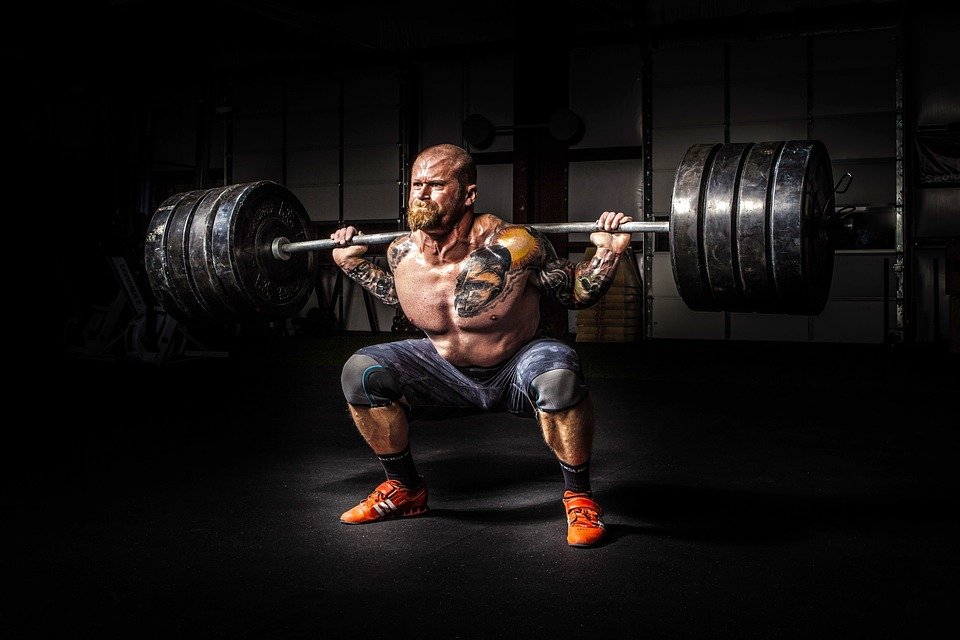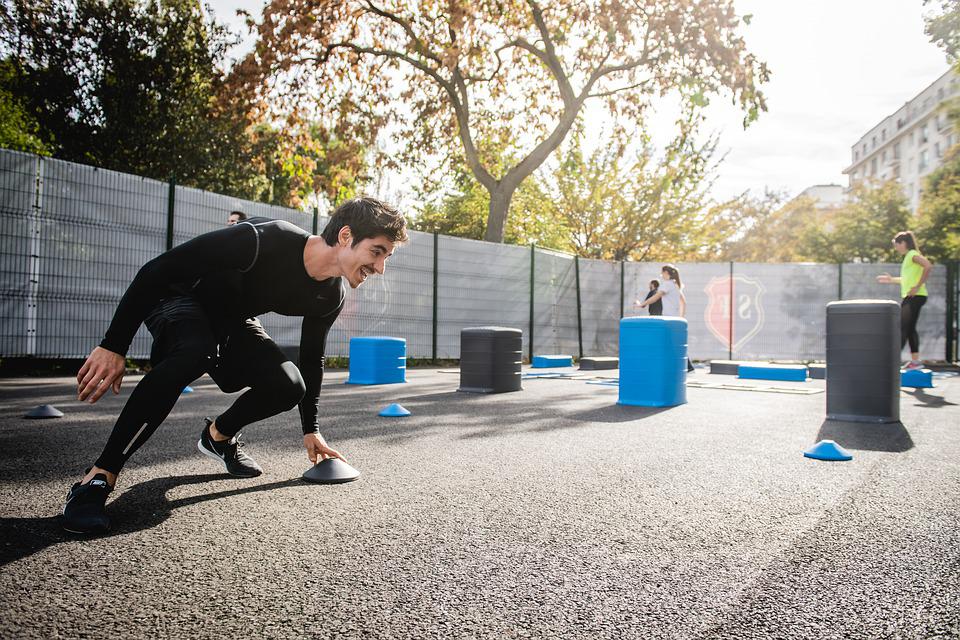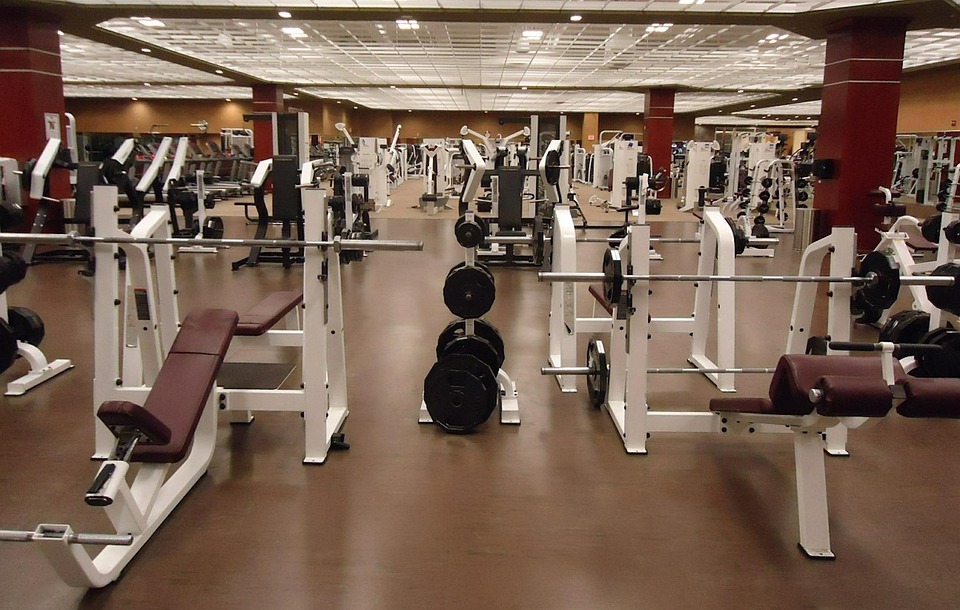
People have different opinions about whether weightlifting belts are effective in preventing back injuries. Some people believe that belts should never be worn because they make the core weaker and don’t provide a true test of strength.
Weightlifters and powerlifters often wear multiple pieces of gear when they compete, which can include straps, knee sleeves, braces, and belts. There is a lot of gear available for people who participate in the sport, and it comes in many different varieties and types to fit a person’s body and preferences. A weightlifting belt is a type of belt that is worn around a person’s waist. It is secured in place with velcro or metal closure. Some belts have locking devices to prevent them from slipping off due to the strain of heavy lifting. This is common among powerlifters who move large amounts of weight over a distance.
What Are The Effects On Muscular Activity?
Several studies have found that EMG activity from different muscle groups is increased when wearing a weightlifting belt during lifting activities, compared to not wearing a belt. From what can be seen, it seems that wearing a belt does help with performance. It is rare for competitive powerlifters to perform amazing feats of strength without a belt. But why, and how? What are some of the muscle groups affected by weightlifting belts and exercise?
The Spinal Erectors
There does not seem to be a clear consensus in the research data when it comes to the activity of the spinal erectors during physical activity. In a study with experienced lifters as subjects, it was found that the iliocostalis lumborum (a spinal erector) fired at 15-20% lower when the lifters wore a belt while performing a deadlift at 75% of their body weight. Another study found that belted deadlifts resulted in 17% higher activity in the spinal erectors than non-belted deadlifts.
Would it be better to perform a squat instead of a lift that is more leg dominant? One study found that sparring 60% of their 1RM, the spinal erectors generated 23% higher conduction when performing squats while wearing a belt, as opposed to not wearing one. In two studies, there was no significant difference in EMG activity of the spinal erectors when squatting an 8RM load or a 1RM load with or without a belt.
The conclusions from the articles suggest that there is likely a small increase in the activation of the spinal erectors when wearing a belt during a deadlift. It’s unknown how much your spinal erectors will fire when belted during a squat depending on your level of training and experience.
The Leg Muscles
The researchers here studied the difference in EMG activity when squatting and deadlifting with a belt versus without a belt. There was no significant difference in the muscle activation of the quad, hamstring, adductors, or gluteus when the D1 football players performed 12RM loads for the deadlift, according to EMG. Research is very limited in this area.
For the squat, researchers studied well-trained subjects. The study found that belting the subject increased the activity in the vastus lateralis muscle during an 8-set squat. As the sets became more difficult, greater hamstring activation was seen. The text is discussing whether or not a weightlifter’s fatigue and reliance on their hamstrings caused them to shift forward during a lift. Results were inconclusive in regard to this. The second study found that there was no significant difference in the activation of leg and hip musculature when 90% of 1RM was performed without a belt by experienced lifters.
The results of the study seem to suggest that the number of sets and repetitions a person performs makes a difference in how effectively a weightlifting belt activates the muscles. A person’s level of fatigue and the way they squat (e.g. with or without a forward lean) may affect their risk of injury. This is because these factors can change the way muscles are used during the squat.
The Abdominals
Here is the biggie! When people argue that wearing a weightlifting belt weakens the core, they are usually referring to the idea that the core muscles become dependent on the belt for stability, and as a result, the muscles stop working as effectively. However, there is no evidence to support this claim. In most cases, the research findings do not support the idea. The activity of the rectus abdominus muscle (the muscle responsible for the six-pack abs look) actually INCREASES when a belt is used. Although there are other lifts we could compare, for the sake of consistency, let’s just compare the deadlift and the squat.
In two separate studies – one involving untrained athletes and the other involving D1 football players – it was found that being belted increased EMG activity in the rectus abdominus musculature. The squat exercise resulted in increased activity in the rectus abdominus muscle for both trained and untrained individuals when a belt was used, with the activity being 54% higher for trained individuals and 14% higher for untrained individuals.
In other words, a belt is not likely to stop someone from being able to use their core while doing a deadlift or squat.
A major effect of wearing a belt is an increase in intra-abdominal pressure. IAP is thought to increase by about 15% for the deadlift, and about 30-40% for the squat.
How to Wear a Weightlifting Belt
You cannot simply put on a belt and expect it to have amazing results. In other words: You can’t just wear a belt. You need to use the belt. And like any skill worth learning, it takes practice. Here’s the right way to use a lifting belt.
Step 1 — Place the Belt Around Your Waist
The belt should be positioned just above the hip bone for full contact with the back, sides, and front of the torso.
A tip for finding the right weightlifting belt position is to make sure it is not restrictive or pinching in any areas. If it is, it is likely not in the right position. If your dryer is still not functioning properly after trying to fix it yourself, you may need to replace the belt. A thicker belt may be necessary, or you may need to adjust the tension.
Step 2 — Inhale Slightly and Tighten the Belt
The belt should be tight enough that it feels snug, but not so tight that it feels like it’s cutting off your circulation. You should leave enough room in your abs for your stomach to expand so you can create tension and brace effectively. Your belt should be tight and snug, but it will become fuller once you start to brace.
If you can stick your index finger down the back of the belt, then it should fit properly. Any more than that, and the belt may not be tight enough or not placed properly.
Step 3 — Breathe and Expand Into the Belt
A weightlifting belt’s purpose is to provide stability to your back. The best way to protect your back from injury is to maintain a strong core. Brace your core muscles, and you should be tight. The belt provides more support so you can be more aggressive. You need to take a deep breath and flex your abs and lower back to do so. To start, find a position where you can hold the weight steadily. Next, hold this position for the entire lift.
A weightlifting belt is not a panacea for poor bracing mechanics and breathing patterns. This is a performance enhancement for people who are already trained to brace themselves and breathe while under stress.
How to Brace While Wearing a Belt
No matter if a weightlifter chooses to use a weight belt or not, it is important for them to learn how to properly brace and breathe for both submaximal and maximal lifts. If you don’t have the proper techniques for bracing and breathing, a weightlifting belt won’t do much good. Here’s how to brace yourself for any type of lift, whether you’re wearing a weightlifting belt or not.
- Pretend You’re Getting Punched in the Gut. If someone were to ever wind up and send a knuckle sandwich into your bread basket, you’d flex every muscle in your stomach, right? This is the first step to achieving a secure and stable back.
- Breathe Into the Core. While you are preparing to take a (fake) hit in the gut, think about breathing into the abdomen. The tension should develop with each breath you take. Try to visualize the ribcage getting pulled into the body and the pelvis stacked perfectly underneath the ribcage. Be sure to stay uptight and focus on bringing your ribcage into the body.
- Flex Your Obliques. The obliques are key to maintaining pelvic alignment and stability while minimizing rotational forces at the hips and spine during loaded movement. Try to think about puffing them outwards as you breathe into the core, almost as if you were puffing your cheeks (face) out.
Safety Considerations
The majority of people who wear weightlifting belts and exercise in the gym do so for safety reasons. People are often afraid of injuring their back while lifting and believe that a belt will help stabilize their back muscles and prevent injury. There is not a lot of conclusive research on this subject, but many studies have been done with industrial workers, who are more likely to wear a stabilizing belt while lifting or pulling large boxes or other objects. Some studies suggest that wearing a belt may be beneficial for people who have previously injured their back at work, but there is no evidence that belts prevent injuries for people who have no previous history of back problems. There is no evidence for the mechanism by which the belt is effective in preventing injury. That is, it is not clear whether the belt is actually helping to prevent injury because of its physical presence and stabilization, or whether it is simply a reminder to the individual to move their body with good mechanics.
When working with our patients on lifting heavy objects or weights they’re not used to, an emphasis should always be placed on proper body mechanics first and foremost. We know that if we learn how to brace our core and activate our core muscles, our lifting mechanics will improve and we’ll probably have less pain when lifting. Industrial injuries happen every year due to poor lifting mechanics, including lifting purely the back instead of the legs, carrying a heavy load too far away from the body, twisting and pulling, lifting too much for too long without adequate muscle strength & endurance, and repetitive motion injuries.
Benefits of Wearing a Weightlifting Belt
Below are three reasons to wear a weightlifting belt. The benefits of proper bracing and breathing mechanics are inherent, whether or not you wear a weightlifting belt. It is important for a weightlifter to be able to support themselves both when wearing a belt and when not wearing a belt in order to have optimal bracing technique.
Increased Spinal Stability
A weightlifting belt may help a lifter to stabilize the spine and increase intra-abdominal pressure during lifts. A lifting belt can provide support in events that require maximal rigidity and tension in the torso, much like a lifter bracing correctly. A weightlifting belt will not improve your technique or protect you if you do not lift correctly.
Can Minimize Lumbar Extension
A weightlifting belt can give you some support and feedback if you arch your lower back too much, especially when you’re lifting something overhead. If you have trouble keeping a neutral spine during overhead lifts, it might lead to injury if you press the weight overhead while arching your back.
It Can Help Teach You How to Brace Properly
A weightlifting belt should not be used to replace poor bracing mechanics. However, having a physical belt around your waist that you can press against can help increase your awareness. The weightlifting belt gives the person wearing it immediate feedback on how they are doing. If they are not expanding into the belt, the belt will let them know.
Why You Should Learn to Lift Beltless Before Wearing a Belt
Belts are often overused by lifters, resulting in a dependence on the belt rather than on the body’s natural ability to create and harness intra-abdominal pressure. A weightlifting belt can significantly increase one’s performance if they have developed sound bracing and breathing mechanics while training beltless.
If you have had a spinal injury in the past, wearing a weightlifting belt may help improve your spinal stability and prevent further injury. A weight belt should only be used when you are attempting to lift a weight that is too heavy for you to lift without one.
Use a weight belt when you are working with loads above 85% of your one-rep max. For loads below this, train without a belt to help improve your bracing mechanics. Use a belt when you want to increase your maximal strength, and power, or when you’re working with a load that’s more than 85% of your one-rep max.
Why Weightlifting Belt Thickness Matters
There are many different kinds of weightlifting belts available, made from various materials and of different thicknesses. There are two things you should focus on when choosing a belt: the thickness of the belt and your training style. A belt’s thickness is how thick it is from an aerial view, while its width is how “tall” it is on your torso.
A thicker belt will make your spine more rigid, which could be helpful for heavy, static lifts like squats and deadlifts. A very thick and rigid belt may make it difficult to do dynamic lifts such as the clean & jerk. An individual’s belt should be wide enough to fit their torso, with the belt resting over the lower back and abdominals while still allowing movement of the upper torso. A belt that is too wide or too skinny can cause discomfort and affect a person’s ability to lift. Coaches and athletes should try different weightlifting belts to find the width and thickness that work best for them.

